photo
Liz Whelan
NYC West Village
Boot scrape
Iron boot scrapes are a fixture outside brownstones, brick townhouses and tenements all over the city. One finds them next to gated entries and on the bottom steps of stoops. They recall the days before the streets were paved over and one needed to remove the muck and mud from one's shoes before going indoors.
Jenna
Brooklyn
The Wyckoff-Bennett House
My grandfather grew up with Ms. Bennett and she would invite us into the kitchen regularly. A public school kid, I did not have much time for history but in her kitchen everything was fascinating. When I was graduated from elementary school I made my friends walk down this street. The dirt instead of cement and thoughts of how much things could change inspired me. Today I am an archaeologist, live in Brooklyn and work in New York. History is everywhere and it shapes New York as we know it today. Ms. Bennett knew that, my grandfather as well, this place reminds everyone who passes that just a generation or two ago Brooklyn had farms. It might again, my neibors have chickens.

Elizabeth S. Titus
Upper West Side/CPW
Sign at entrance to Hamilton Grange
Hamilton Grange - the only home ever owned by Alexander Hamilton - has moved to St. Nicholas Park. Alexander Hamilton was the first U. S. Secretary of the Treasury, a Founding Father, and political philosopher.
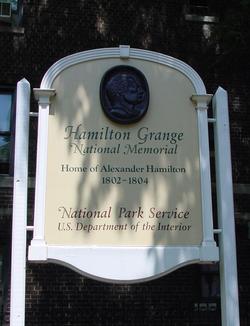
Elizabeth S. Titus
Upper West Side/CPW
A replica of The Dakota at 72nd and CPW
Finished in 1884, widely known as the location of the murder of John Lennon, visited by tourists from around the world.
According to legend, Dakota was so named because at the time the Upper West Side was sparsely inhabited and considered as remote as the Dakota Territory.

Dene rivera
Brooklyn, NY
NYPD shield.
New York City cops have been the subject of so many popular television shows for a reason. New York's finest have a reputation, and love 'em or hate 'em, the men and women in blue are always around keeping watch. From the detectives, to the beat cop, to the traffic officers with their gloves and whistles, we depend on these folks to keep things in order.
Dene rivera
Brooklyn, NY
Definitely a yellow cab.
These ubiquitous vehicles make up most of the traffic on any NY city street, and when you think of Manhattan, you can't possibly do it without including a fleet of yellow cabs, honking and zooming by.
Elizabeth S. Titus
Upper West Side/CPW
Patience and Fortitude, the world-renowned marble lions that stand proudly before the majestic Beaux-Arts building at Fifth Avenue and 42nd Street in Manhattan, the city's library, there since 1911
From the library's website:
"Called 'New York’s most lovable public sculpture' by architecture critic Paul Goldberger, the Lions have witnessed countless parades and been adorned with holly wreaths during the winter holidays and magnificent floral wreaths in springtime. They have been bedecked in top hats, graduation caps, Mets and Yankee caps, and more. They have been photographed alongside countless tourists, replicated as bookends, caricatured in cartoons, and illustrated in numerous children’s books. One even served as the hiding place for the cowardly lion in the motion picture The Wiz."

Kevin Shanley
Brewster, NY
A hot dog/pretzel cart
Everyone knows that the go-to nosh when you're on the run in NYC is a hot dog or a pretzel with mustard from a cart. They are everywhere, and they're popular for a reason. Cheap and fast, with no pretensions - what more could you ask?
Eugene Boesch
Mahopac, New York
Oyster
The oyster has been a food source in the New York area for over 6,000 years. Native Americans used it producing large shell middens many of which are still visible. The bivalve was perhaps the most important industry for Europeans from the 17 to the early 20th centuries. During the 19th century it was shipped far and wide. Many landmarks in the area are or were named after the shell fish
Joan Geismar
Manhattan
A Dutch Brick.
This small, somewhat deformed yellow brick (a "clinker") was recovered 30 years ago during excavation of a derelict, 92-foot, merchant ship that was used as cribbing to structure the landfill that expanded Manhattan east of Pearl Street during the 18th Century. It was one of many such bricks that served first as ballast and then as a means to sink the ship, but only one of a few saved. To me it represents the extraordinary engineering techniques employed by 18th-century British Colonials as well as the land- and money-making activities of New York City's 18th-century Merchant elite.
Seth Roye
Croton on Hudson
Block of Manhattan Schist
Manhattan schist strings together New York's history from prehistory to the skyscraper age. It is was excavated during the construction of subways, cut into blocks and used to make buildings from Belvedere Castel to City College. The undisturbed schist serves as the foundation of the city's skyscrapers; the skyline is a diagram of the depth of this bedrock material. The island itself is substantially a bump of manhattan schist bedrock, carved by the most recent glacial epochs.
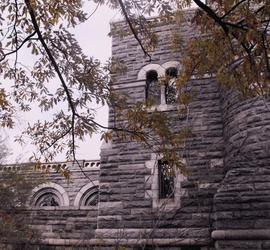
Arnold
speonk, ny
Pizza slice (plain)
(Street cart) Sabrett Hot Dog (dressed)
Bagel (cream cheesed or buttered)
Char Shiu Bao (Chinese baked pork bun)
(sushi) Hand Roll
(West indiain) Roti (I like the goat!)
(Middle Eastern) Felafel
(Central American) Empanada
(Mexican) Taco
(any) Hero Sandwich
They illustrate the gastronomic international character (Mayor Dinkins' "gorgeous mosaic")of NYC, which can all be enjoyed as you are on the move. New York City: a portable feast!
M.T.Fenster
Manhattan
Urban morphology: The Store Front.
An East Village store metamorphosing from a cast iron store front that was once incarnated as a barber shop and chances are is soon to be another coffee shop. The old style of store front still prevalent in the village (east and west) are slowly being replaced by makeovers.
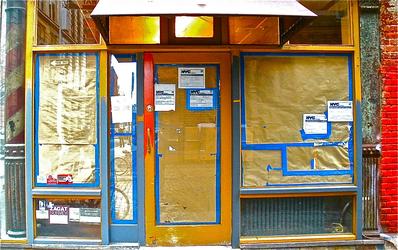
Dennis Monasebian
Armonk, NY
The water pipe (i.e. a water supply pipe for drinking water)
From early in its history, NYC's leadership understood that the city needed a large supply of good drinking water to become a great city. Earliest reservoirs were close in to the city, later on large lakes in upstate NY were purchased to enlarge the supply. Water pipes made this possible. The first pipes were hollowed out trees. (Chase bank was originally a water supply company; samples of tree-pipes are [or were] located in the bank lobby downtown.) Now we have massive tunnel sized pipes to do the job.
Bruce Egert
Hackensack NJ
The beaver mosaics at the Astor Place subway station of the No. 6 line
It highlights the wealth that was garnered by John Jacob Astor in the fur trade; it decorated one of the first of 28 subway stations in NY, ushering in a new era of travel for all; it guided people who could not read station signs as to where they were; it was placed there with the ultimate goal of respecting subway passengers.
Mark Masyga
Manhattan
The iconic Greek design coffee cup found (in the past) in delis around NYC.
This ubiquitous design is familiar to anyone who has lived in NYC for any amount of time; although, it has disappeared recently. Perhaps its transcended the common coffee cup status and has already become art?
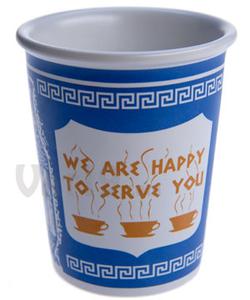
Jeb Gleason-Allured
Greenpoint
A copy of the 1855 patent for the Bessemer process.
http://en.wikipedia.org/wiki/Bessemer_process
The Bessemer process allowed for the affordable production of steel which in turn made possible the following: large bridges, skyscrapers and railroads.
Without affordable steel, Manhattan (in particular) could never have been as population-dense as it is, nor could the boroughs be so well connected.
M.T.Fenster
Manhattan
The Free Press (sic)
Objects found all over the 5 Boroughs. Attractive to some, unregulated to others, appreciated by some, ignored by many.
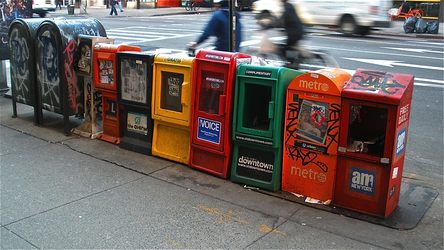
Siying Qu
New York
Food Cart
One can see Food Carts everywhere in NYC. They bring the people convenience by providing snakes, meals, and drink for a fair price. This fits the busy schedule of the New Yorkers as well as the tourists. Also, many of the food carts are opened by new immigrants which also an important part of the city history.
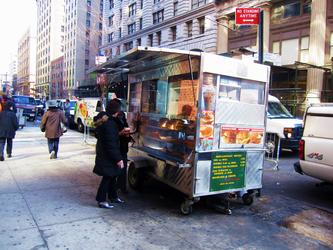
Sherry Mazzocchi
Manhattan
Please consider nominating the "We are happy to serve you" paper coffee cup.
This is a New York City classic. While it's still used now, it hails from a pre-Starbucks era when immigrants started businesses-like Greek diners--to become a successful part of the American Dream. Plus NYC runs on caffeine--people here get to work early, go home late and drink it all day long. Rich or poor, everyone drank from the same cups. They were a ubiquitous part of the NYC landscape.


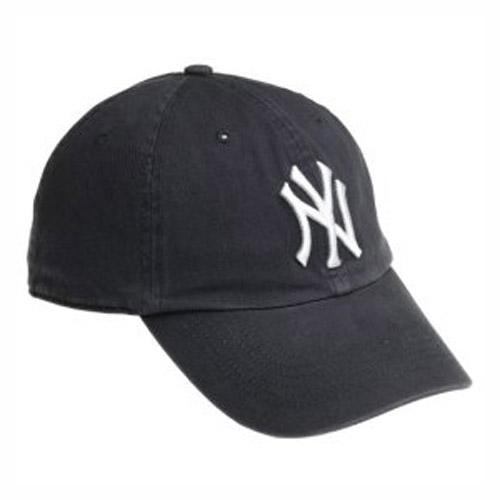


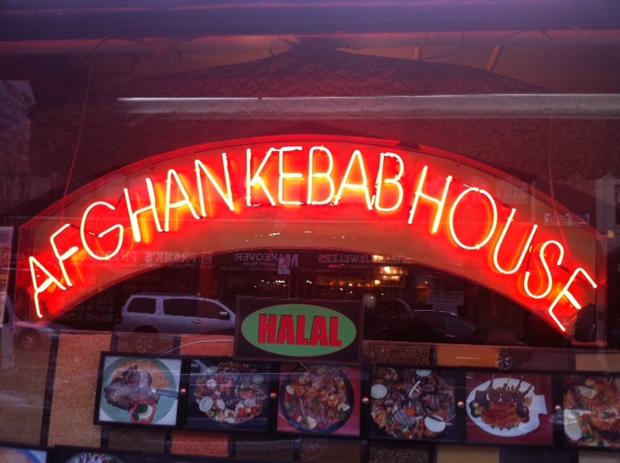
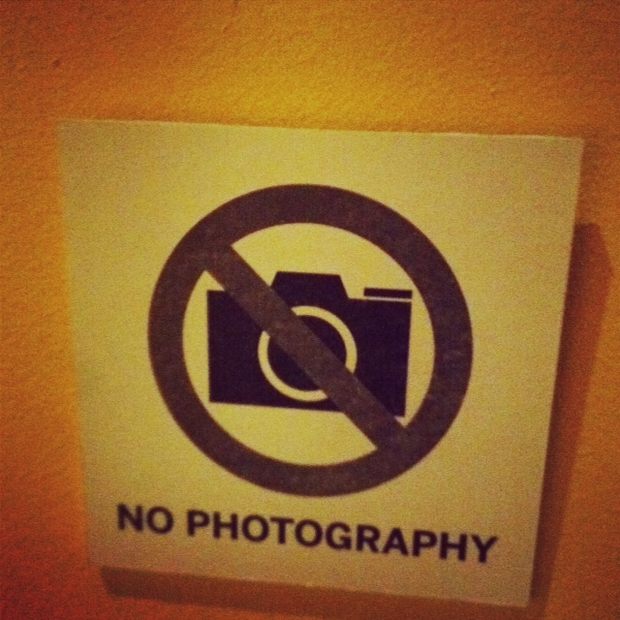
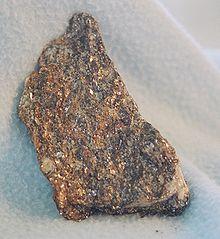
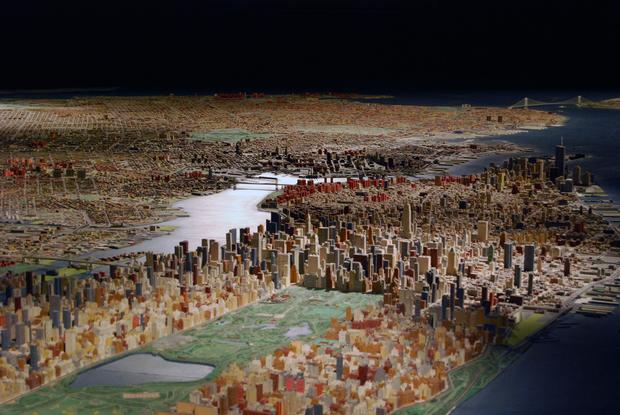
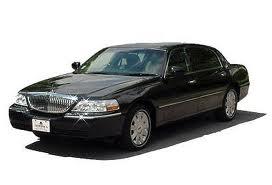
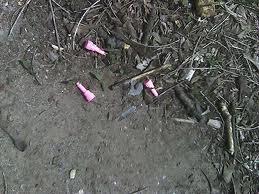
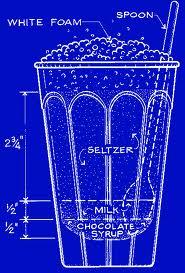
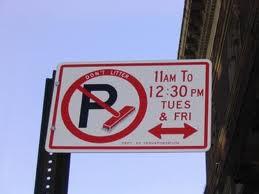

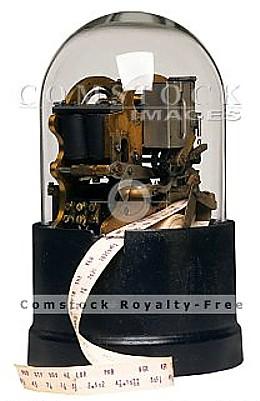
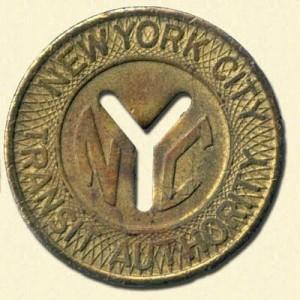
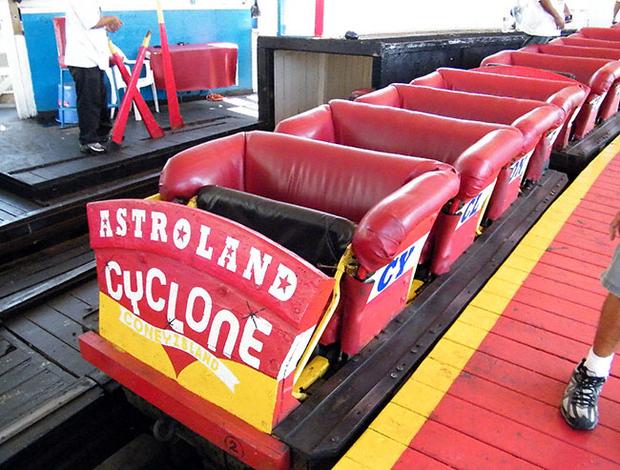
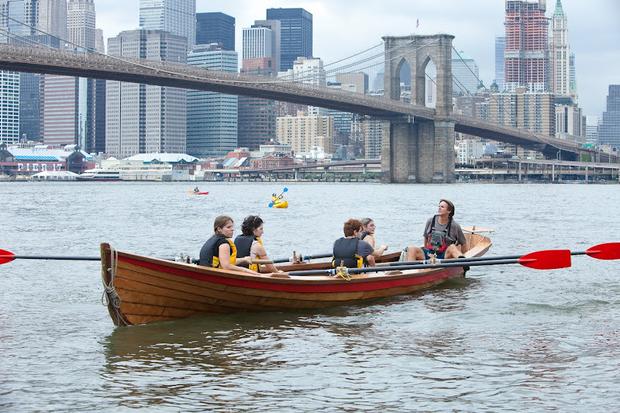


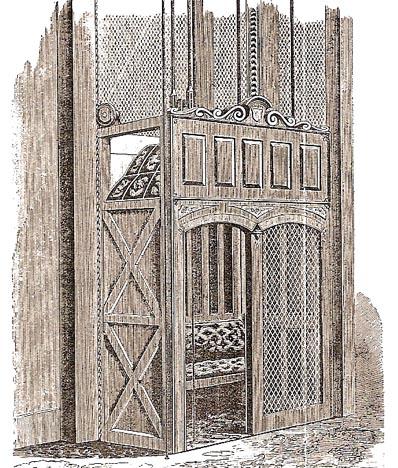
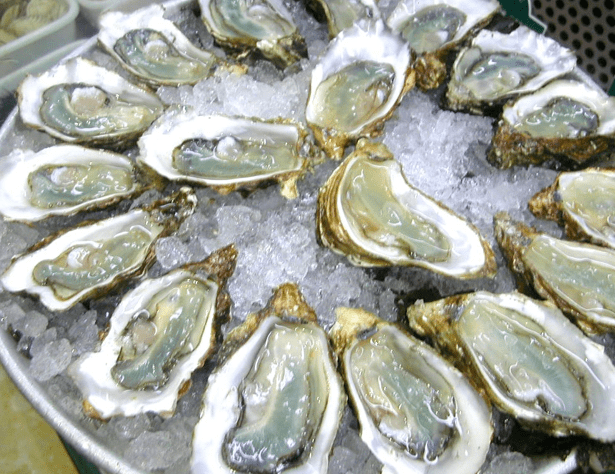

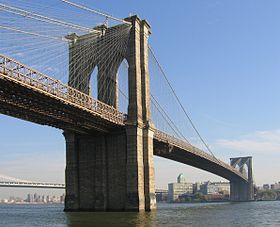






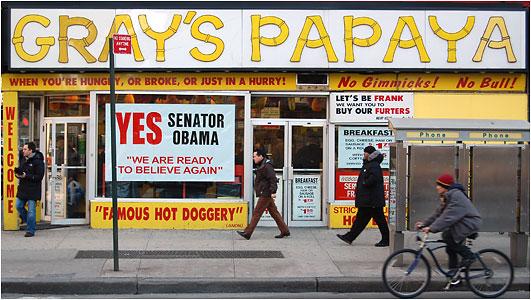
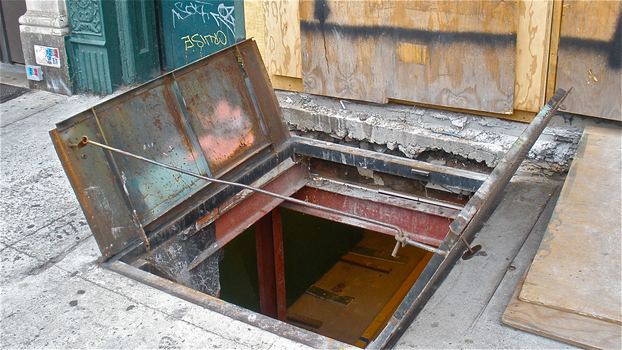
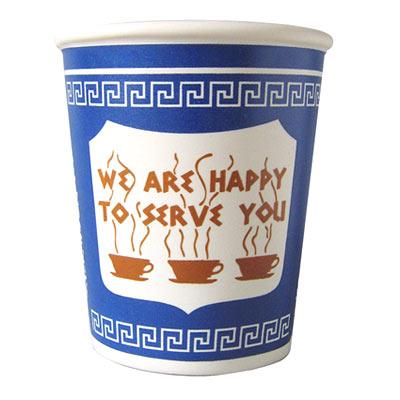
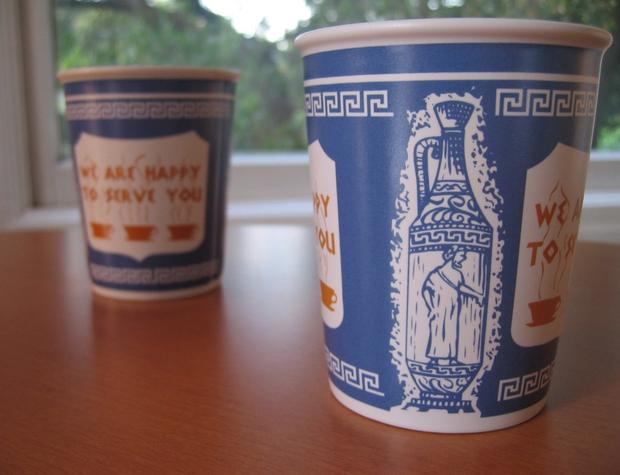
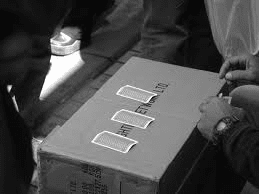
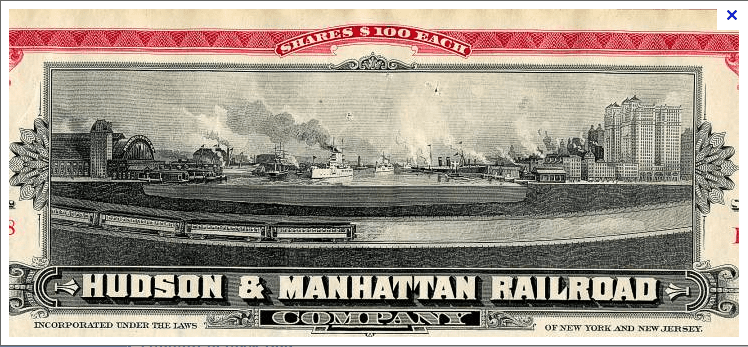

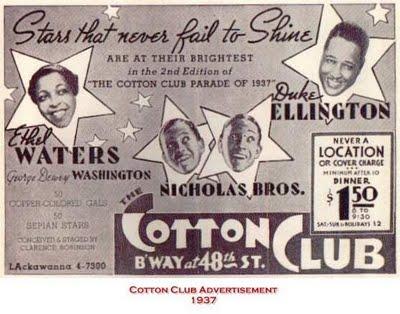

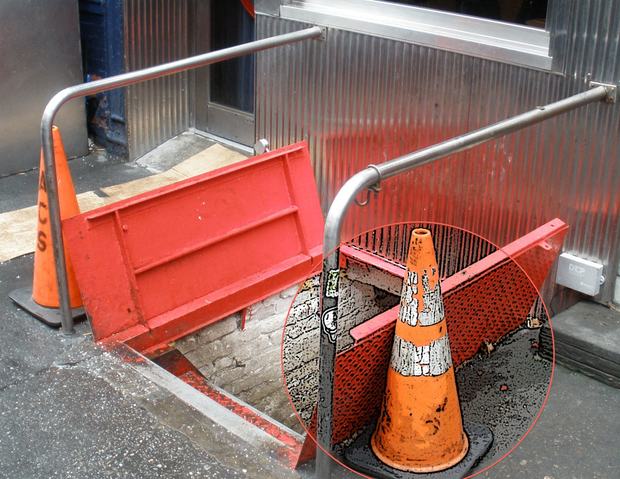

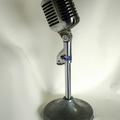



Leave a Comment
Email addresses are required but never displayed.